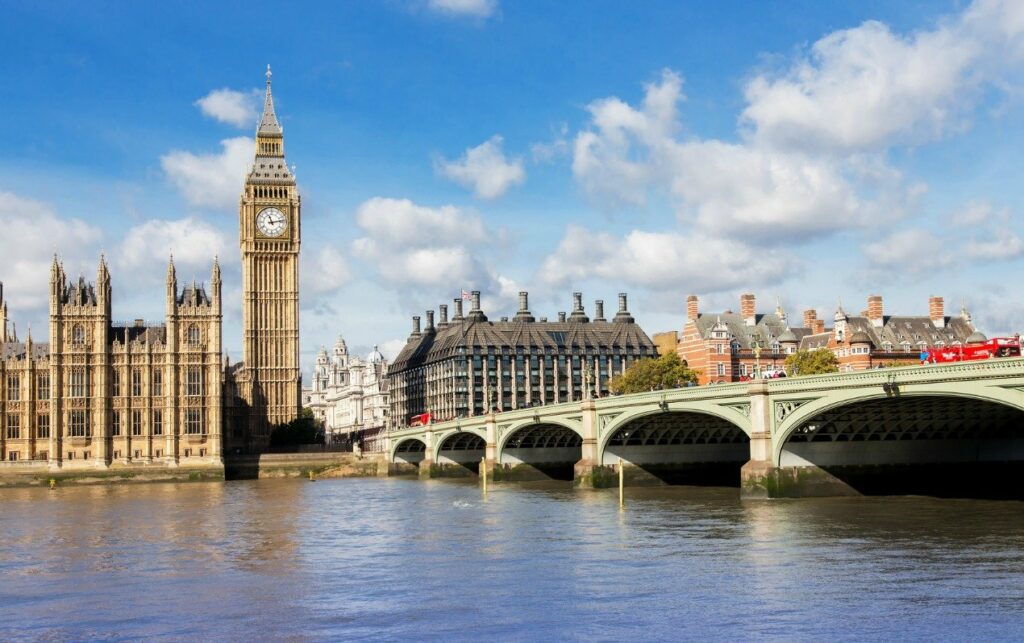Heatmap reports an experiment that reveals the evil bigotry structurally incorporated in American life. It appears that poor non-whites live in hotter more urban parts of town, whereas “Richer neighborhoods, meanwhile, tend to be lusher”. And while it’s not really news that rich people have nicer homes, the item manages to miss completely the thing it puts up front: “Study after study has shown that cities are noticeably hotter than surrounding rural areas; this is called the Urban Heat Island effect.” And since the temperature measurements that claim to show global warming depend excessively on readings taken in cities… um… uh… Never mind. World ends, women and minorities hardest hit.
When we say hidden in plain sight we mean it. The piece declares that “Urban heat is a longstanding, intractable problem.” And, as noted, it has socioeconomic implications:
“Many studies have also shown that the hottest parts of most cities tend to be the areas that house lower-income communities and communities of color, thanks to a dearth of vegetation, tightly packed buildings, and an overabundance of construction materials that radiate heat like concrete.”
To which we reply that in the first place, urban planning could hardly have created less attractive spaces if it had been the explicit goal instead of yet another example of the Law of Unintended Consequences. And second that to help the poor get nicer homes what we really need is to avoid policies that stifle opportunity and prevent economic growth even if they are well-intentioned including on climate grounds (speaking of the Law of Unintended Consequences). But whatever you want to do or think you can do about poverty and income inequality, when it comes to climate, what’s hard about the measurement distortions?
The piece is surprisingly good on that subject, having forgotten its alarmist manners. For instance it declares that “Meteorologists and weather apps tend to draw data from sensors at airports, which can’t give us any insight into the contours of heat within specific neighborhoods.” And adds the insight that:
“The numbers we see on our phones often don’t reflect the temperatures we feel; a neighborhood by a river or a park, for example, would be much cooler than a neighborhood with high concentrations of concrete and asphalt, yet residents in both places would see the same temperature in their apps or on TV.”
Indeed. And everyone would see the one at the airport even though it’s obviously way hotter than the nicer parts of town. So what to do?
Agitate, apparently. Part of the experiment was having middle schoolers wear personal heat monitors, and it turned out that sometimes they went somewhere hot, like a basketball court, but when it was really hot out they tended to go somewhere cool, like an airconditioned school room. So long live the Revolution:
“This kind of realization also shifts heat away from being a personal issue that can be solved by, say, drinking water or cranking the air conditioner, to a systemic one. There’s something kind of freeing about this… instead of being ashamed that their families might not be able to afford air conditioning, the students came to recognize that their neighborhoods were historically hotter because of decisions made by other people.”
And so the science teacher “also talked to his students about activism and advocating for change.”
OK. We’re game. We want to advocate for changing where we measure temperature. And for drawing obvious conclusions from data even if they aren’t what we wanted to discover. It’s called “science”, teacher.



Heatmap has now stooped to throwing out the race card!And they're finally acknowleding that urban areas get warmer than rural areas?Duh!
And which demographic are most affected by the solutions advocated by our betters in response to the alleged manmade warming resulting in energy poverty?
Repeating myself but…
Hansen’s 1998 paper had two graphs (pre Adjustment bureau ). The USA one showed double hump with the 30s warmer than the late 90s (30s cooler if graph from GISS today) but world was a more steady increasing trend. Of course, the USA and parts of Western Europe have good data, the rest of the world is basically all from cities and is a graph of UHi and of course “made up” homogenized data.